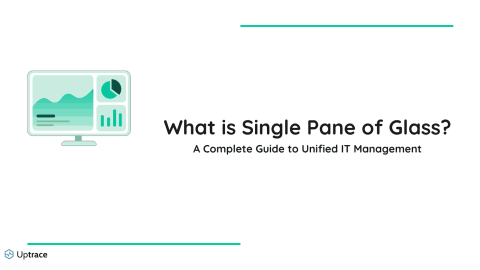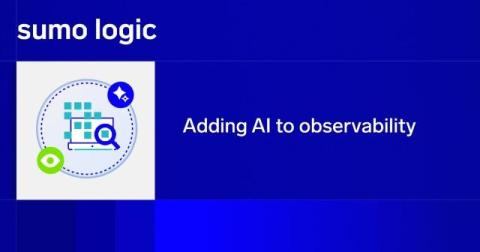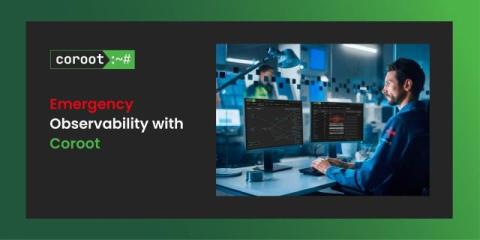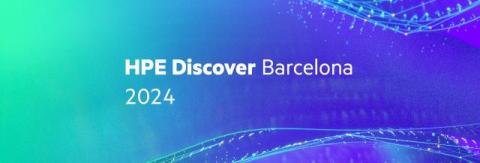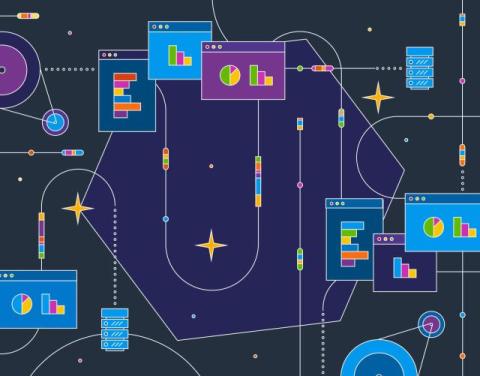What is Single Pane of Glass? A Complete Guide to Unified IT Management
Ever felt overwhelmed juggling multiple monitoring tools and dashboards? You're not alone. Today's IT environments are more complex than ever, and keeping track of everything can feel like watching a dozen TV screens simultaneously. That's where Single Pane of Glass comes in – it's like having a universal remote for your entire IT infrastructure.


